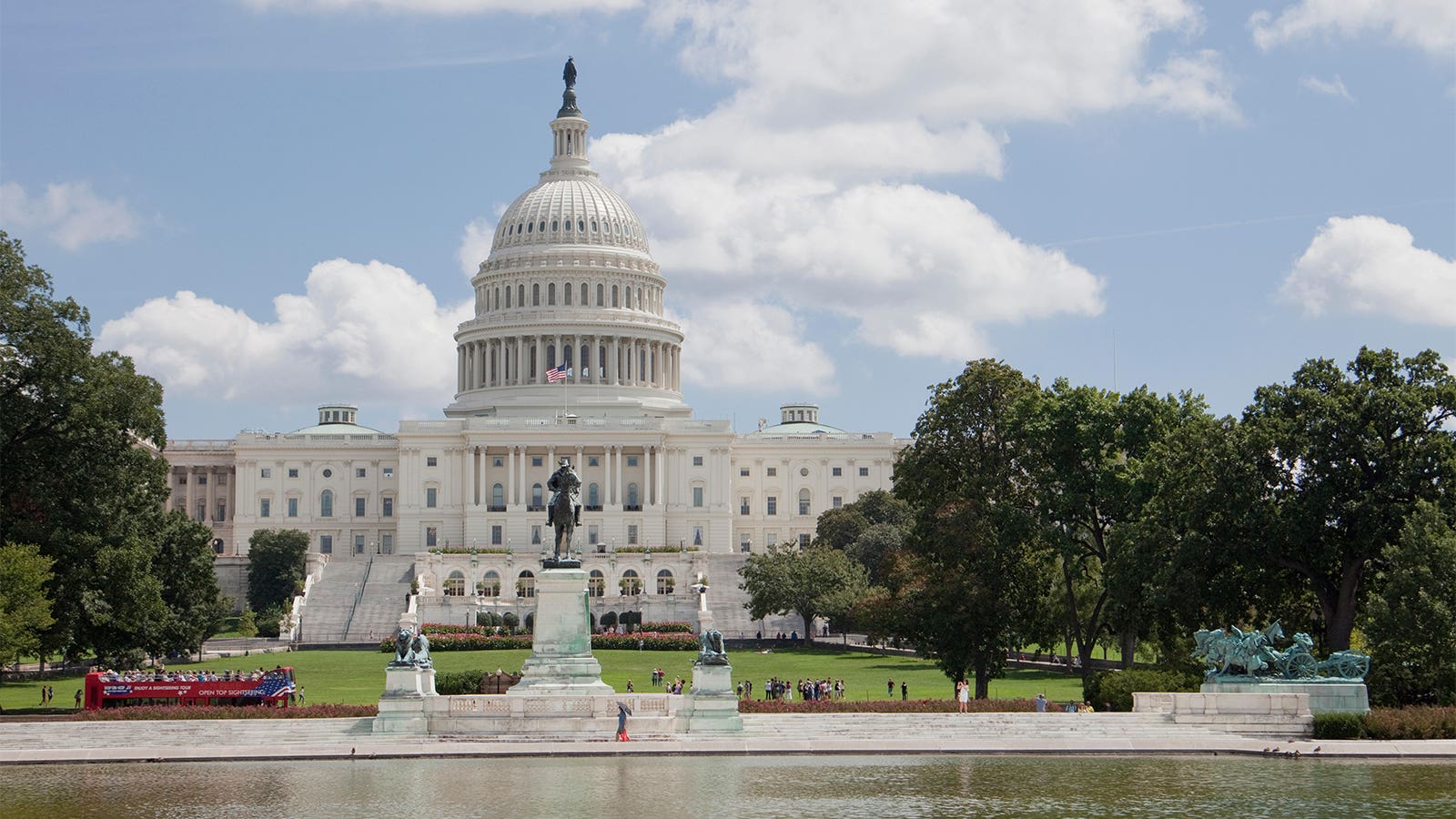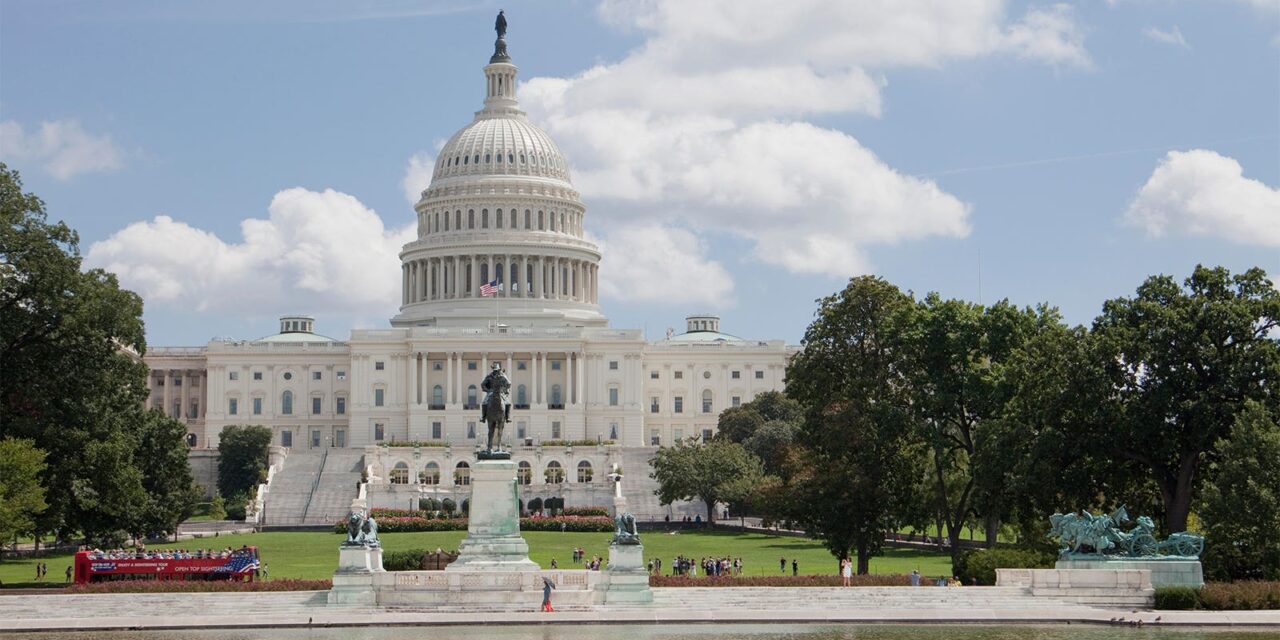
The federal government spends billions of dollars each year to address the overdose crisis, but challenges remain when it comes to directing funding where it’s needed most, even as disparities in care persist.
Fortunately, federal and state policymakers have an opportunity to address the current addiction epidemic more effectively and help turn the tide in this decades-long fight.
Traditionally, policymakers have looked at the issue through a narrow lens, focusing solely on pieces of the continuum of care in silos, but to make true progress in the fight, the federal government must develop a holistic strategy that addresses the risks — especially societal ones — leading to and exacerbating substance use disorder (SUD).
As part of that holistic approach, policymakers should make federal grants more accessible to rural communities and to communities of color; raise reimbursement rates for those who provide SUD treatment through federal programs, such as Medicare and Medicaid; and guide states in their efforts to streamline funds from SUD-related federal programs and distribute those dollars to maximize on-the-ground impact.
States, meanwhile, should ensure their policymakers coordinate and develop stronger partnerships with federal entities; expand their Medicaid programs to cover critical addiction services; and ensure that community-based and other providers reach populations most at risk for overdose, including individuals involved in the criminal legal system.
Overdoses — a part of a broader drug crisis — were initially driven by increases in prescription opioid pain medications in the 1990s. In the 2010s, Americans saw drug overdoses significantly worsen as individuals with opioid use disorder sought out heroin, then fentanyl — a drug that’s up to 50 times more potent than heroin. Though the substances themselves play a role in the overdose crisis, the high rates of untreated SUD coupled with societal conditions, such as housing instability and poor access to economic opportunities, impede the federal government’s ability to reduce overdoses.
Today, the crisis is huge and growing. Since 1979, overdoses have claimed about a million U.S. lives and, in just the 12 months from June 2020 to May 2021, more than 100,000 lives. While overdose death rates did not see double-digit increases in 2022, the number remains unacceptably high.
More than 85% of individuals with a SUD do not receive treatment. Along with the human losses, drug overdoses cost the nation $1 trillion a year in lost productivity and higher healthcare and criminal justice costs.
Though the crisis is national, its effects are not distributed evenly. The CDC reported that in 2020, Black communities saw overdose deaths increase 44%, and American Indian and Alaska Native (AI/AN) communities experienced increases of 39%, compared to 22% for whites. The overdose death rate among Black males ages 65 and older was nearly seven times higher than white males of that age; Black people ages 15 to 24 suffered the largest rate increase (86%); and overdose death rates for AI/AN women ages 25 to 44 were nearly two times that of white women of that age.
These numbers make it clear: Federal and state responses to the mounting crisis suffer from a host of problems.
For starters, neither Washington D.C. nor the states are optimizing federal investments to address the crisis, failing to reach communities that need care most. Funding isn’t distributed equitably across geographies or along racial lines. Though states with the highest mortality rates are still receiving high levels of federal funding, current funding levels do not adequately consider annual changes in statewide mortality. This leads to inequitable distribution of funds for states and regions with rapid rises in overdose deaths, such as the western U.S. as the fentanyl supply has increased. Inadequate reimbursements to providers often discourage them from participating in public programs and private insurance networks, and there are restrictions within the system.
Making matters worse, agencies that allocate various SUD-related funds are not required to coordinate with one another, leaving the federal opioid crisis response less effective than it could be. To truly address addiction, we need coordinated funding to improve treatment capacity and social determinants of health, such as by providing increased access to housing and employment.
On Capitol Hill, different congressional committees provide oversight for different SUD-related programs, which exacerbates the problem of agencies and grant programs operating independently of one another.
The same phenomenon occurs at the state level. Different state agencies receive different streams of federal funding and, like their federal counterparts, distribute and manage those funds in isolation.
We can do better. Through greater investment, stronger partnerships, better coordination between and within the federal government and the states, and a more equitable distribution of funds to address geographic and racial inequities, we can provide a more effective response to a growing national crisis.
It’s long overdue.
Shelly Weizman, JD, is project director of the Addiction and Public Policy Initiative and an adjunct professor at Georgetown University’s O’Neill Institute. José Esquibel is director of the Colorado Consortium for Prescription Drug Abuse Prevention at the University of Colorado Anschutz Medical Campus. Michele Gilbert, MPH, is senior policy analyst at the Bipartisan Policy Center.





